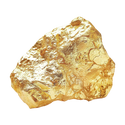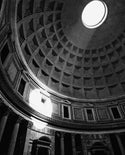King Gotarzes Necklace
£5,800
Details
Authentic Parthian silver drachm coin set in 18K yellow gold.
Handmade in Rome.
History
Measurements
Delivery
Care






Kings of Parthia
(DRACHM)
(DRACHM)
The Parthian king, depicted with finely detailed hair and beard, is adorned in traditional regal attire. His diadem or rounded tiara, embellished with intricate ornamentation and a beaded border, reflects his royal status and authority.

Gold
(18K)
(18K)
It is a dense, soft, malleable, and ductile metal. Gold is highly valued for its beauty, rarity, and resistance to corrosion. It does not tarnish or corrode over time, making it a perfect choice for jewellery.
Our items are handmade in our atelier in Rome.
Delivery is estimated at 4-6 weeks from when the order is placed with the atelier, but we always endeavour to deliver sooner. Our team will be in touch to keep your updated at every stage of production.
Alternatively please contact shop@dubini.co.uk


